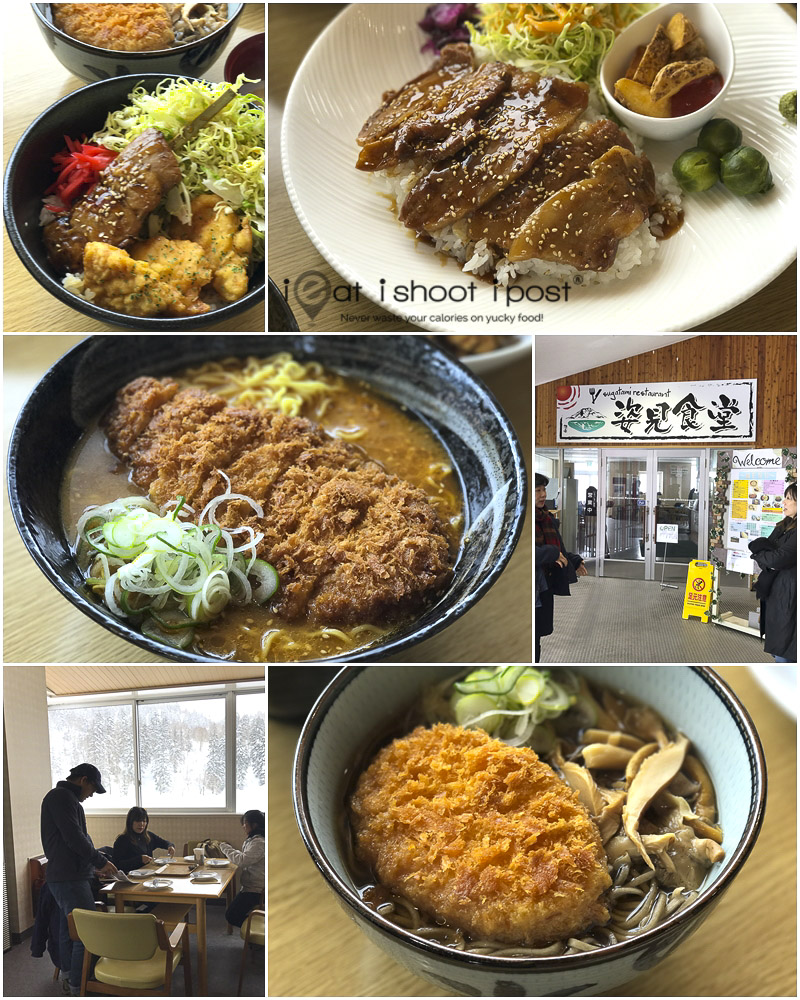
Read Part 1 of our Hokkaido Trip here.
After our stay at Hoshino Resorts Tomamu, we made our way to Asashidake (Mt Asahi) which is the the tallest peak in Hokkaido. Asahidake is part of the Daisetsuzan (Great Snowy Mountains) mountain range which consists of 20 peaks that are over 2000m in altitude. The mountain range was known as “Kamuimintara” by the Ainu which in the indigenous language means the “Playground of the gods”. Every summer and autumn, throngs of hikers make their pilgrimage to the Sugatami observation point to make the 600m accent to the peak of Asahidake which takes around 2 and a half hours. In the winter, the Sugatami ropeway station at the summit becomes the starting point of a ski run starting at an altitude of 1600m. Expert skiers that we met tell us that it takes them about 15 mins to ski down to base station!
Unfortunately for us, it was snowing heavily the day that we took the ropeway up to Sugatami Obeservation station, so instead of the majestic view of Mt Asahi, we were greeted with a dense blanket of white and lots and lots of snow!
One concession was lunch at the Sugatami Restaurant located at the base station which turned out to be an unexpected surprise. The food, as you can see from the photos, is actually much better than what you would expect at such a desolate tourist spot and the prices are quite reasonable too. In case you are planning a trip, don’t worry about having to pack your own lunch or eat a big breakfast as you can add the restaurant as a food stop in your itinerary.
Asahidake Ropeway: Map and Info
Website

The town of Higashikawa, a short drive east of Asahikawa is the is the gateway to the Daisetsuzan National Park and Asahidake. This little town is renown for the quality of its water and is the only rice growing region in Hokkaido which is awarded designation of origin status. Thus, you can buy not just Hokkaido rice, but Higashikawa rice. The water comes from the snow atop the mountain range which melts in the spring and is collected under the earth’s crust. This spring water is pumped up and used as tap water in every household. You would be crazy to buy mineral water in Higashikawa since it comes right out of the tap!
A good place where you can buy some rice and other local produce is the road-side station, Michikusa Kan. You can pick up a little handbook on Higashikawa in English there too which will list out the special eateries in the little town!
Higashikawa Michikusa-kan: Map and Info
One of the snacks you can pick up along to way to Asahidake are these brown rice onigiri which are made fresh on the spot. The little cottage is located next to a padi field and they make a special onigiri with a soft boiled egg inside which is very pretty. There are many flavours to choose from but limited seating so I would recommend it as a place for a quick takeaway.
Genmai Omusubi Chamise: Map and Info
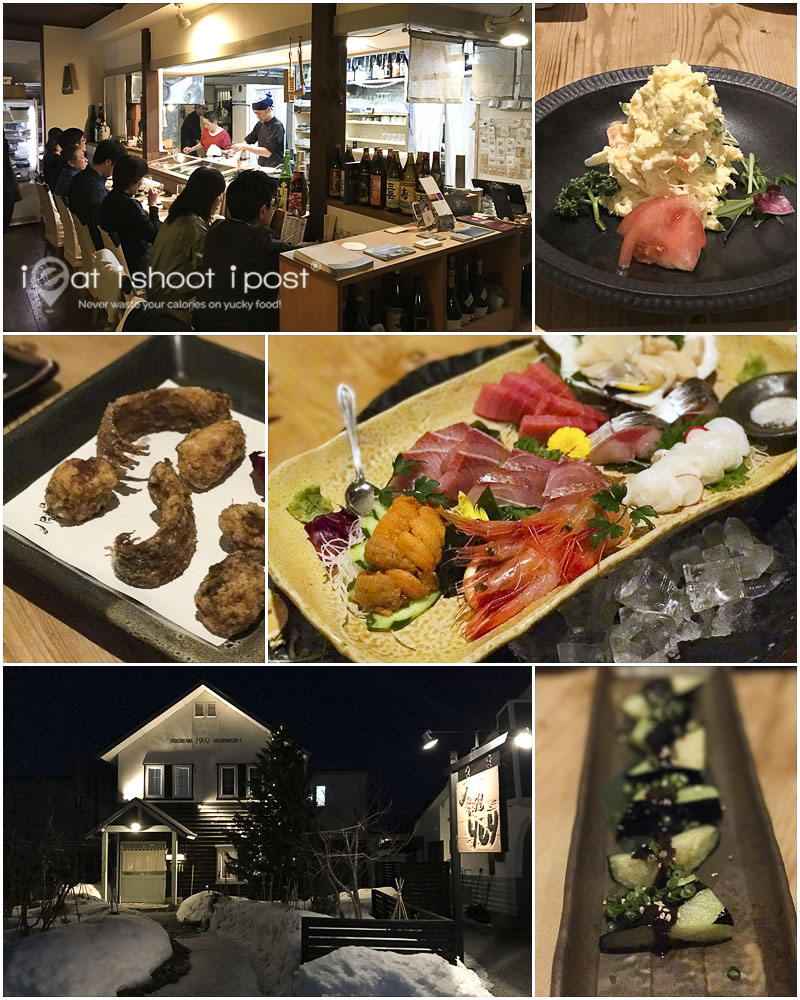
Although Asahikawa is located smack in the middle of Hokkaido and thus very far from the sea, the seafood there is amazingly fresh! Local foodie, Hirashima-san tells us that it is because Asahikawa is a seafood hub and so all the fresh seafood from Hokkaido gets transported there to be re-distributed!
We got to experience the freshness of the seafood at Izakaya Rishiri which is owned and operated by Hideto Nakatake. This was where I realise just how good fresh saba mackeral actually tastes! I am quite weary of hikarimono or silver skin fish because they tend to have a very strong fishy odour if they are not fresh. They have always tasted a little strong for me even when I ate it at top end restaurants in Singapore. Vinegar is frequently used to mask the strong fishy flavour. However, the saba at Izakaya Rishiri didn’t have even the faintest odor and was quite delightful. The other dishes I really enjoyed were the deep fried stingray and grilled pork skewers!
Izakaya Rishiri: Map and Info

There are several cafes in Higashikawa serving coffee brewed with their high quality mineral water. There are three reasons for visiting Roaster Coaster. The first is that they are located just opposite the Michikusa Kan where you would be buying your rice. Secondly, it is opened by an Englishman who is married to a local, so you can actually order in English. And thirdly, it is also a photo gallery for award winning National Geographic photographer, so they have lovely prints of the Hokkaido red fox there for viewing!
Roaster Coaster: Map and Info
The two biggest attractions of Asahikawa is Asahidake and the Asahiyama zoo and the main attraction of the zoo is the penguin parade that takes place every morning. The kids love it as they get to meet the Emperor Penguins up close! The zoo is one of the oldest in Japan and its distinctive feature is that they have glass domes that pop up within the enclosure such that you can get up close to the animals. Entrance fee is only 820 yen. Good for the kids.
Asahiyama Zoo: Map and Info
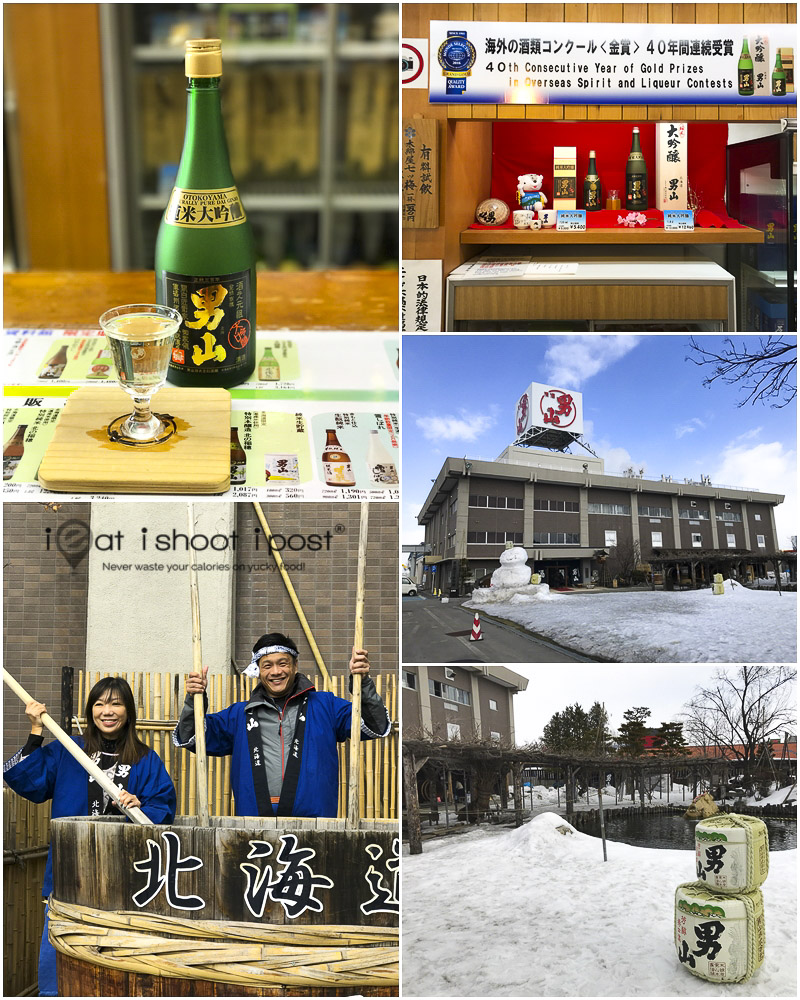
Wherever there is good rice and good water then there is bound to be good sake. So, if you are looking to buy a bottle or two home as gifts, you might want to visit the Otokoyama Sake factory. They do have a museum up stairs but if you appreciate sake, you would no doubt be there for their free sake tasting. You can get to taste a range of sake for free except for the one sake that rules them all where. If you want to taste it, you will have to pay for the cup, and probably eventually bring home a bottle or two because it is an excellent sake. It costs around $55 for the pure dai ginjo. (shown in the photo)
Otokoyama Sake: Map and Info

I would have loved to spend a good three days in Asahikawa to write about the top 10 eats there. But unfortunately, like our last trip, we didn’t manage to schedule enough time for a dedicated food trail. This time round, we visited Kitanofuji Sakura which is a place that was opened by a yokozuna (Sumo Champion) and serves chankonabe in the evenings. During lunch they make an interesting flat udon which is very much like a fettuccine which is served in a rich chicken broth. It was so good that Megan managed to finish a whole bowl of it by herself, down to the last drop!
Please read my previous post for more Asahikawa eats.
Kitanofuji Sakura: Map and Info
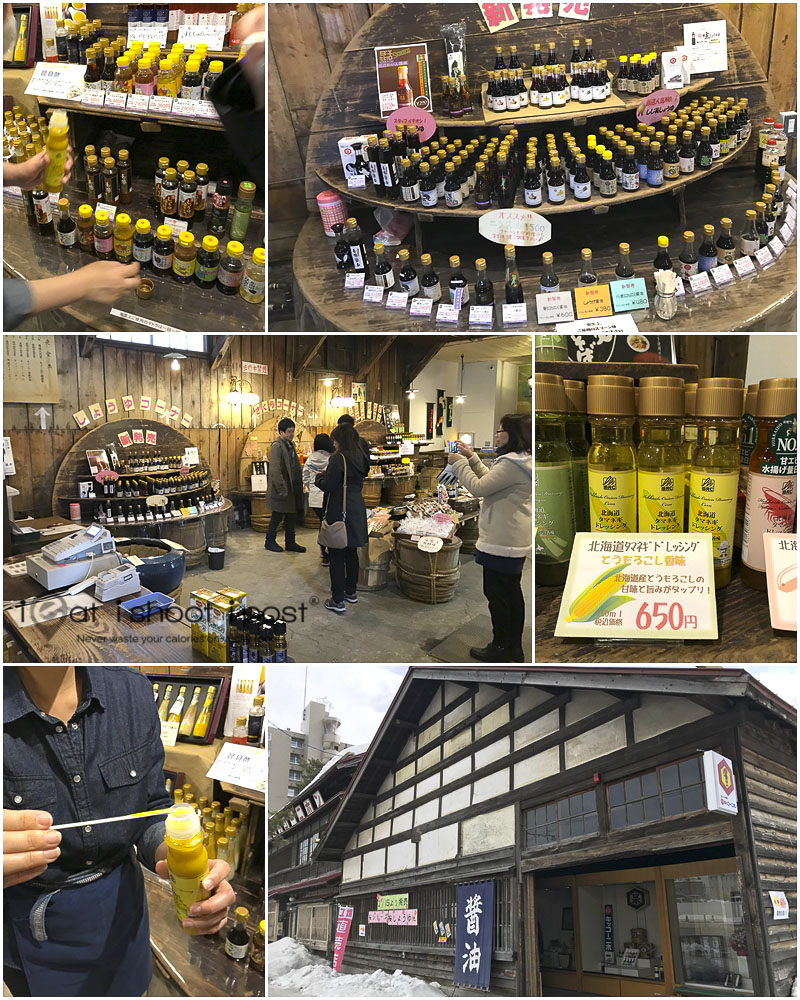
Our last stop before making our way to the airport was to pick up some sauces from Kiko-nihon soy sauce factory. The place is not big but we managed to pick up some very nice corn flavoured salad dressings as well as some speciality shoyu.
Kiko-nihon Soy Sauce: Map and Info
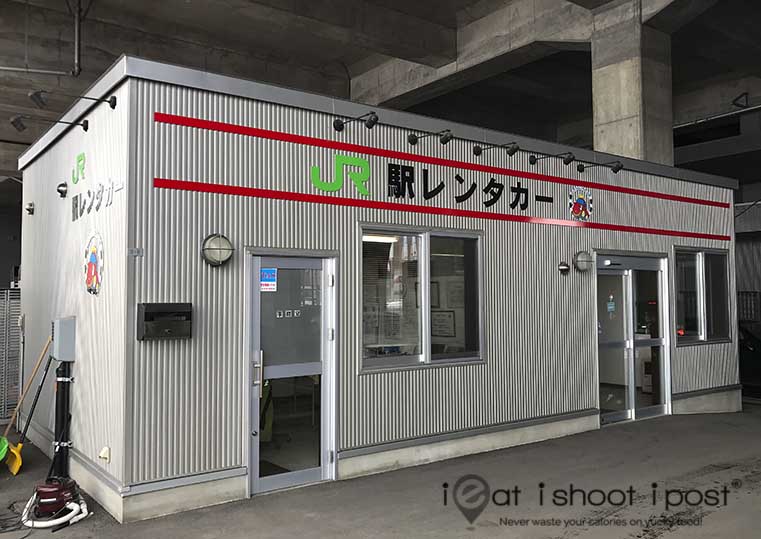
If you are planning a self drive holiday around Hokkaido, you might want to consider JR Car Rental which gives you car rental package with discounts on train tickets across the island. So instead of driving across the island, you might transfer to a train and then continue your self drive when you get to the next destination. This is especially useful in winter when the frost makes it difficult to travel fast and safely.
More info: JR Car Rental
This was a media familiarization trip.





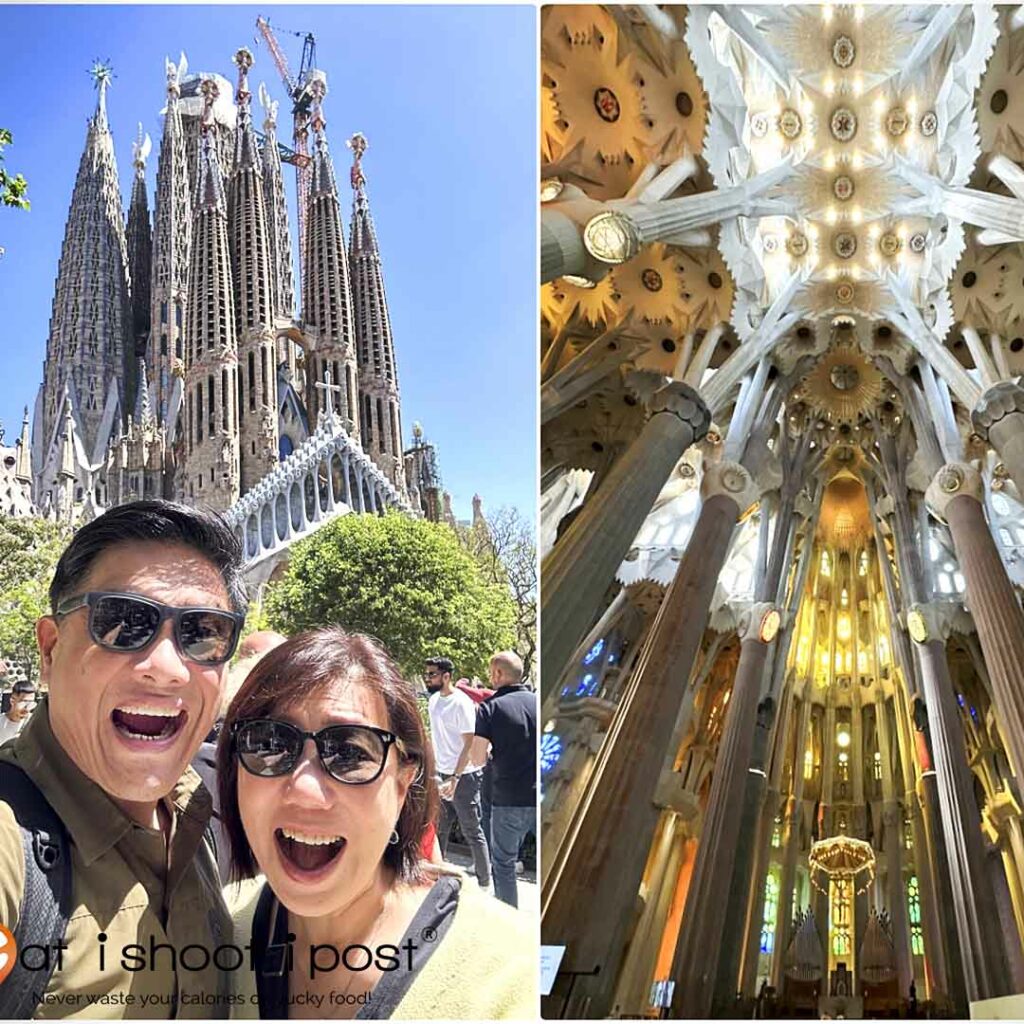
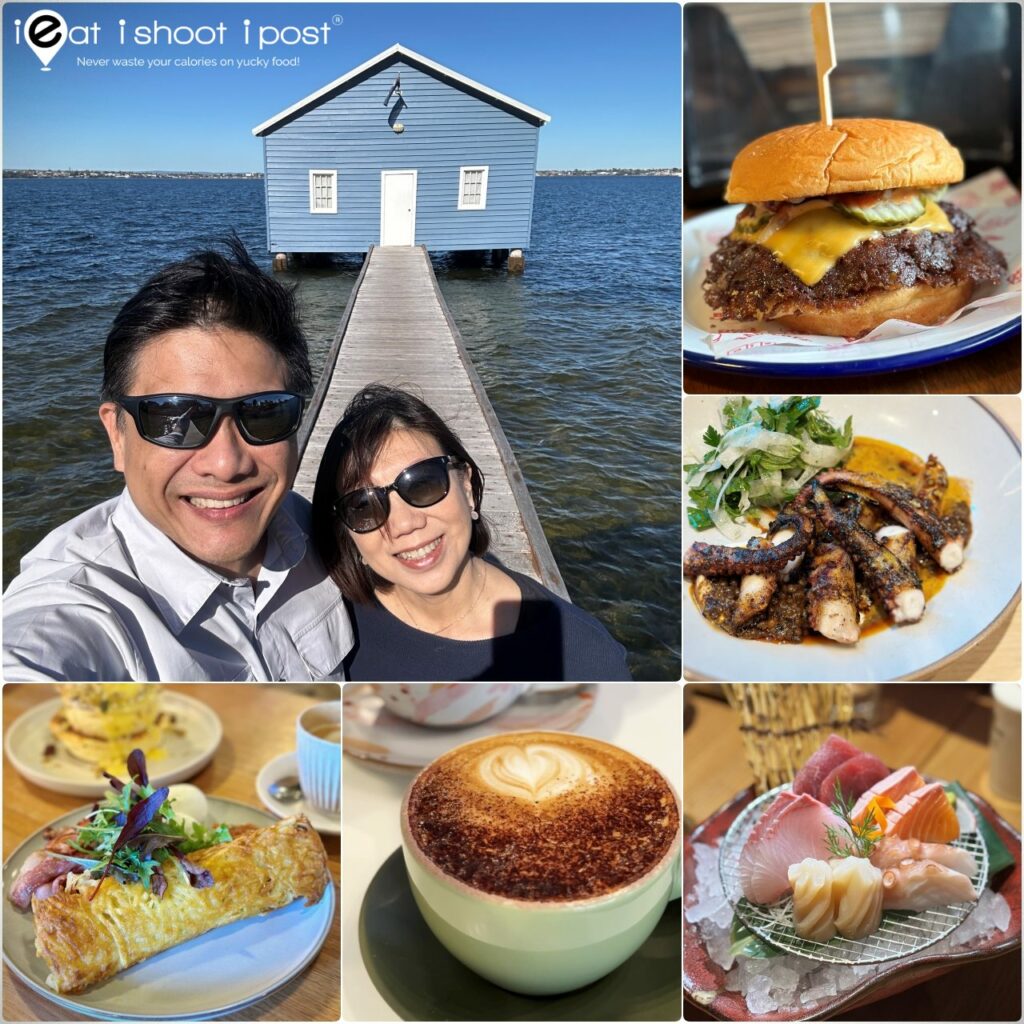
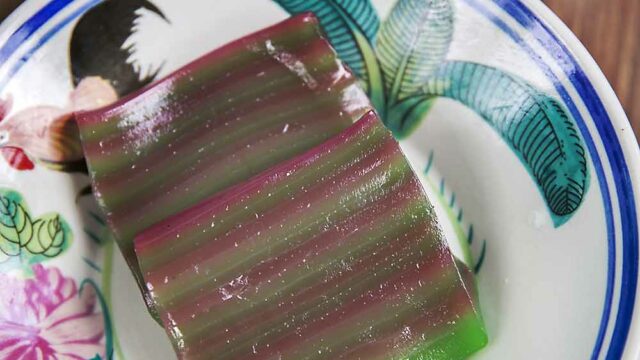




This is a nice information and beautiful blog. I like to visit the place once.